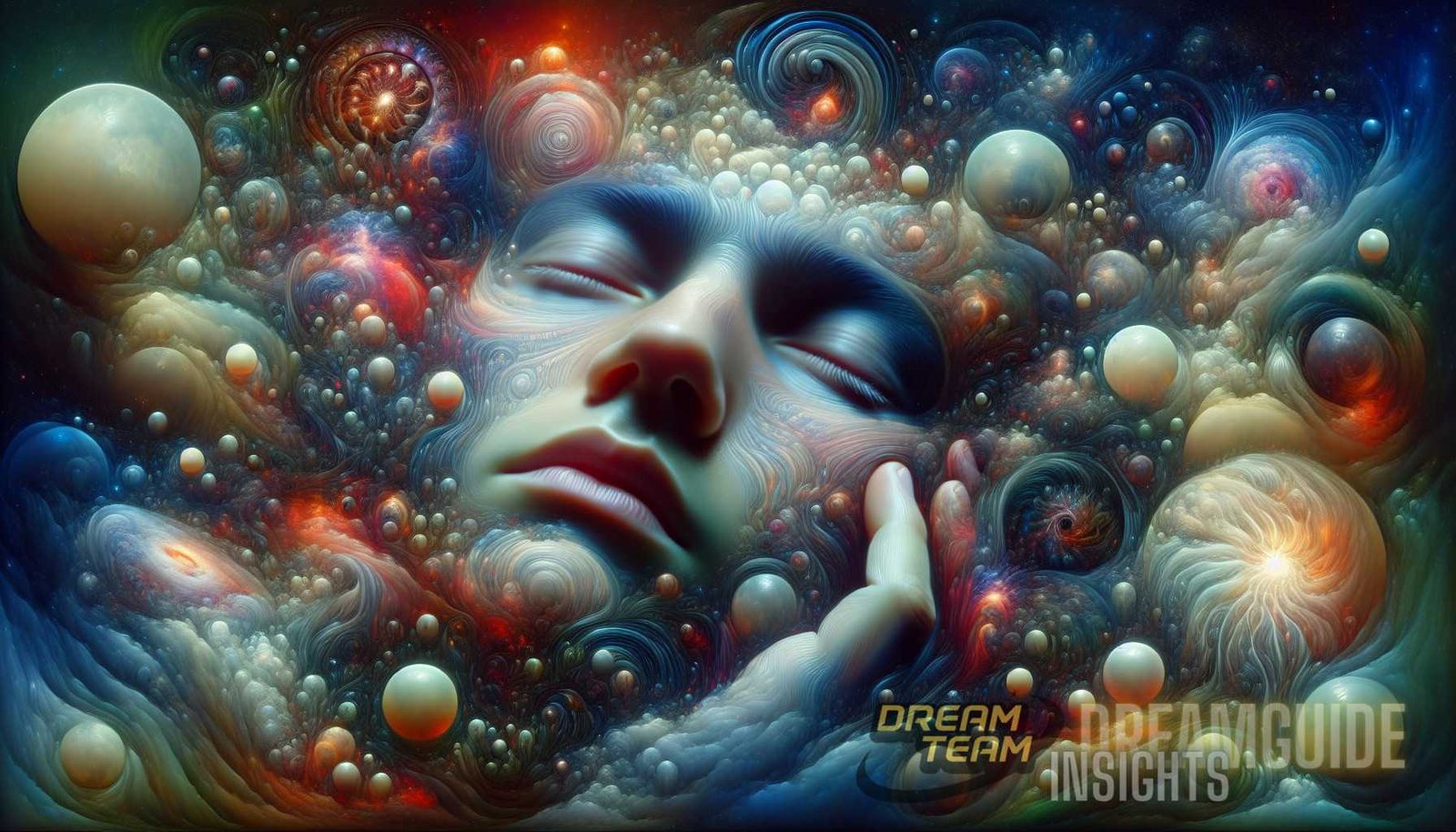Introduction
Dreams have been the subject of fascination and study for centuries, as they offer a unique window into our unconscious mind. They can be vivid, emotional, and sometimes even bizarre. But what do our dreams really mean, and how do they relate to our emotional processing? In this article, we will explore the connection between dream patterns and emotional processing, delving into the complexities of the unconscious mind and its influence on our dreams.
Dream Processing and Emotional Significance
Dreams are more than just random images and sensations that occur while we sleep. They often contain rich symbolism, emotions, and narratives that can provide valuable insights into our psyche. Researchers have suggested that dreams are a way for our brain to process and make sense of our experiences, memories, and emotions. By analyzing these dreams, we can gain a deeper understanding of our own emotional state and how it relates to our waking life.
The Role of the Unconscious Mind
At the heart of understanding dreams lies the concept of the unconscious mind. According to Sigmund Freud, the unconscious mind is a reservoir of thoughts, desires, and memories that are outside of our conscious awareness. Dreams, according to Freud, are the “royal road” to the unconscious, allowing repressed thoughts and emotions to resurface in symbolic form. By decoding these symbols, we can uncover hidden aspects of our emotional life that may be influencing our conscious thoughts and behaviors.
The Connection between Dreams and Emotional Processing
Research has shown that dreams are closely tied to our emotional well-being. One study published in the journal Cognition and Emotion found that people who experienced more negative emotions during the day were more likely to have negative dream content at night. Similarly, positive emotions experienced during the day were associated with positive dream content. This suggests that our dreams serve as a reflection of our emotional state and can provide us with valuable information about our emotional well-being.
Patterns and Themes in Dreams
Analyzing the patterns and themes that occur in our dreams can provide further insights into our emotional processing. For example, recurring dreams or dream symbols may represent unresolved emotions or conflicts that are playing out in our subconscious. By recognizing these patterns, we can begin to unravel the complexities of our unconscious mind and gain a deeper understanding of our emotional landscape.
Dream Exploration and Emotional Healing
Exploring our dreams can be a powerful tool for emotional healing and personal growth. By bringing our dreams into conscious awareness, we can shine a light on the hidden parts of ourselves and gain a greater understanding of our emotions. This process, known as dream exploration or dream analysis, can be facilitated through various techniques such as journaling, dream interpretation, and therapy.
Journaling and Dream Recall
One of the first steps in dream exploration is improving our dream recall. Keeping a dream journal by our bedside and recording our dreams as soon as we wake up can help us remember and analyze our dreams more effectively. Writing down our dreams in detail, including emotions, symbols, and events, can provide valuable clues about our emotional state and the meaning behind our dreams.
Dream Interpretation
Dream interpretation involves analyzing the symbols and themes in our dreams to uncover their underlying emotional significance. While there are many different theories and approaches to dream interpretation, including Freudian, Jungian, and cognitive perspectives, the key is to uncover the personal meaning that these symbols hold for us. This can be a deeply personal and introspective process, as the meaning of each symbol may vary from person to person.

Therapy and Dream Analysis
Therapy can provide a safe and supportive space for exploring our dreams and their emotional significance. Therapists who specialize in dream analysis use various techniques to help clients uncover the deeper meaning behind their dreams and how they relate to their emotional well-being. By working through dream imagery and exploring the emotions and themes that arise, individuals can gain valuable insights and potentially resolve emotional conflicts that may be impacting their waking life.
The Science Behind Dream Processing
While dreams are often steeped in mystery and subjectivity, scientific research has shed light on the mechanisms behind dream processing and the role it plays in emotional regulation. Studies using brain imaging techniques such as functional magnetic resonance imaging (fMRI) have shown that different brain regions are activated during dreaming, including areas involved in emotion regulation, memory consolidation, and self-reflection.
The Role of REM Sleep
Rapid Eye Movement (REM) sleep, the stage of sleep characterized by vivid dreaming, is believed to play a crucial role in emotional processing. During REM sleep, the brain is highly active, and brain areas associated with emotional regulation, such as the amygdala and hippocampus, show increased activity. This suggests that REM sleep may provide a fertile ground for emotional processing and the integration of emotional experiences.
The Integration of Emotional Memories
Dreams may also play a crucial role in integrating emotional memories. Research has shown that emotional memories are more likely to be incorporated into dreams and that the emotional content of dreams reflects the emotional intensity of waking experiences. This integration process may help us make sense of our emotions and experiences, enabling us to process and resolve difficult emotions and traumatic events.
The Neurotransmitter Connection
Neurotransmitters, the chemical messengers in our brain, also play a role in dream processing and emotional regulation. Studies have shown that neurotransmitters such as serotonin, dopamine, and norepinephrine are involved in modulating REM sleep and dream content. Imbalances in these neurotransmitters have been linked to sleep disorders, mood disorders, and alterations in dreaming patterns.
Conclusion
Exploring the connection between dream patterns and emotional processing can provide valuable insights into our unconscious mind and emotional well-being. Dreams offer a unique window into our psyche, allowing us to uncover hidden emotions, conflicts, and aspects of ourselves that may be influencing our waking life. By engaging in dream exploration and analysis, we can gain a deeper understanding of our emotions, promote emotional healing, and foster personal growth.
So next time you wake up from a vivid dream, take a moment to reflect on its emotional content and explore the possible messages it may hold. By delving into the complexities of the unconscious mind, you may uncover profound insights and a deeper understanding of yourself and your emotions.
Internal links:- Dream Symbolism: Unraveling the Hidden Meanings
- The Art of Dream Exploration: Unlocking the Secrets of the Unconscious Mind
- A helpful resource for understanding more about dream processing can be found on Wikipedia’s page on dream interpretation.



